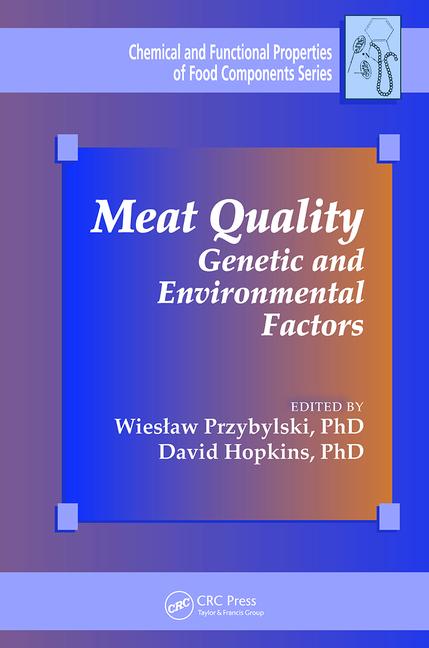Tyson talks quadruple bottom line at Environmental Management Conference

Igli went on to comment about the impact that movies, such as Food Inc., have on our industry, stating, “People begin to fundamentally question what is told to them. When we tell our story, we have to be transparent and back up our information.”
Igli reviewed Tyson’s Quadruple Bottom Line, which is comprised of planet, products, people, and profit, with all four components equaling sustainability. “It is about giving back and being a good steward. Profit is core, because our organization has to make a profit first. Then, we go up from there. We have to be good at what we do,” he said.
Another session featured a Regulatory Update on the EPA Feed Mill Rule. “Feed mills are expected to be in compliance with EPA’s new air emission standards by January 2012,” commented Christian Richter of The Policy Group.
The objective of the Feed Mill Rule is to implement new air emission standards to control two micro-ingredients on the Hazardous Air Pollutant list. EPA’s rule requirements are such that feed mill cyclones must be operated to reduce emissions from pelleting and pellet cooling operations to achieve 95% or greater reduction in particulate matter. The rule provides three alternatives to verify the cyclone operates within the required parameters – manufacturer’s certification, certification by a Professional Engineer or responsible official, or a performance test. However, feed mill facilities are finding that the 95% efficiency level is unrealistic and have asked EPA to “fix the rule.” The industry has expressed concerns to EPA and is currently working on a way to resolve problems with key provisions of the rule.
Joe Miller, Rose Acres Farms, presented a Legal Update with information on common law attacks on agriculture. He described the most common attacks as nuisance, negligence, infliction of emotional distress, and trespass and went to provide examples of each. He described three steps to protect again common law lawsuits: follow all statutes and regulations related to livestock operations; if violation occurs, do all possible to prevent damage to others; take steps to ensure violations do not occur again.
Other sessions included topics, such as Changes from Washington, Regulatory Update – Chesapeake Bay and California Air Emissions, Biogas Utilization, New Technology/Applications and Clean Water Award Winner Plant Tours.
Source: USPOULTRY
Looking for a reprint of this article?
From high-res PDFs to custom plaques, order your copy today!




.png?height=200&t=1744658531&width=200)


